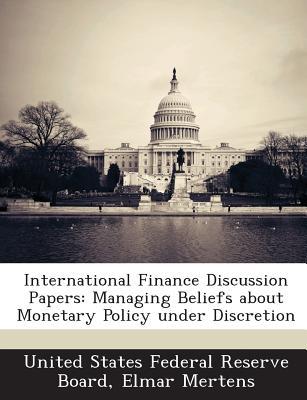Question
1. Which of the following statement is correct about systematic risk and non-systematic risk? A. Systematic risk can be eliminated by proper diversification. B. Fluctuation
1. Which of the following statement is correct about systematic risk and non-systematic risk?
A. Systematic risk can be eliminated by proper diversification.
B. Fluctuation in oil price is a non-systematic risk.
C. Financial markets reward you for bearing systematic risk.
D. A stocks systematic risk is measured by the standard deviation of its return.
2. As discussed in class, based on the CAPM, an electric utility will have the greater cost of equity capital than an airline company.
True or False.
3. A coupon bond pays annual interest, has a par value of $1,000, matures in 5 (five) years, has a coupon rate of 7.45%, and has a yield to maturity of 8.82%. The current yield on this bond is ________% (round to 2 decimal points.)
4. Today you purchase a coupon bond that pays an annual interest, has a par value of $1,000, matures in six years, has a coupon rate of 10%, and has a yield to maturity of 8%. One year later, you sell the bond after receiving the first interest payment and the bond's yield to maturity had changed to 7%. Your annual total rate of return on holding the bond for that year is
A. 10%
B. 8.00%.
C. 7.00%.
D. 9.95%.
E. 11.95%.
Step by Step Solution
There are 3 Steps involved in it
Step: 1

Get Instant Access to Expert-Tailored Solutions
See step-by-step solutions with expert insights and AI powered tools for academic success
Step: 2

Step: 3

Ace Your Homework with AI
Get the answers you need in no time with our AI-driven, step-by-step assistance
Get Started


